Reducing Plant Blindness with Landscape for Life
Reducing Plant Blindness with Landscape for Life
By: Nan McCarry
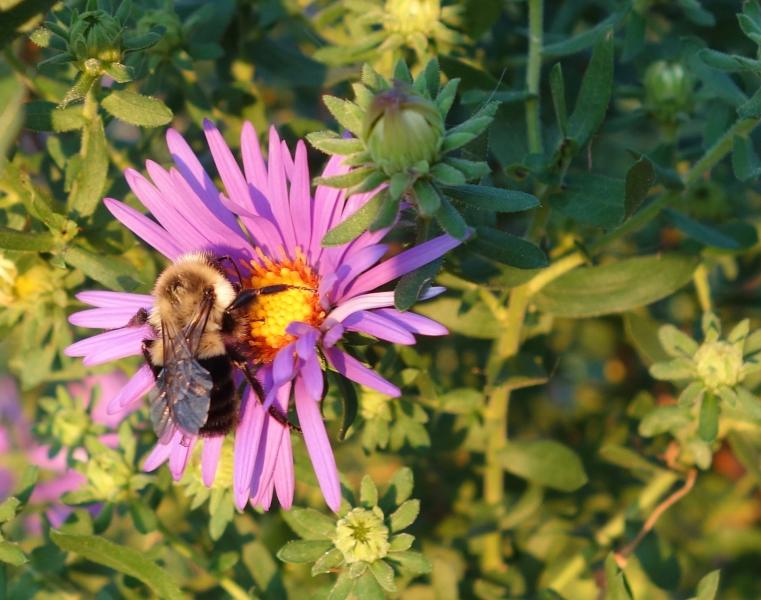 Fig 1: Bee foraging on New England aster (Symphyotrichum novae-angliae).
Fig 1: Bee foraging on New England aster (Symphyotrichum novae-angliae).
As an amateur ethnobotanist I’m always looking for ways to live out my values and spur incremental change in behavior. I live in the outer suburbs of Washington, D.C., in Loudoun County, which has been rapidly undergoing suburbanization for decades. I grew up on a farm here, so this change is hard to watch, but my family is also a part of the process; we just moved here a little earlier than most.
In response to this rapid landscape change and loss of habitat in northern Virginia, there is a passionate movement encouraging individuals and Homeowners’ Associations (HOAs) to plant native plants. Two organizations at the forefront of this are the Audubon Society of Northern Virginia’s Audubon at Home program and Plant NOVA Natives. I’ve been involved with this movement (and doing so has really increased my knowledge of the local flora). However, I wondered if we were focusing a little too much on the native/nonnative dichotomy, and I was looking for something more ecosystem-focused.
Then in 2013 I ran across a course series called Landscape for Life, which educates homeowners on how their landscaping practices impact the ecosystem. Landscape for Life was developed by the Lady Bird Johnson Wildflower Center and the U.S. Botanic Garden. Individuals can teach the course after taking a free webinar. What I liked about Landscape for Life was that it builds on the native plant movement but is about the whole picture - the soil and the water, along with the plants and habitat. In offering the course, I teamed up with local conservation organizations and the local Soil and Water Conservation District.
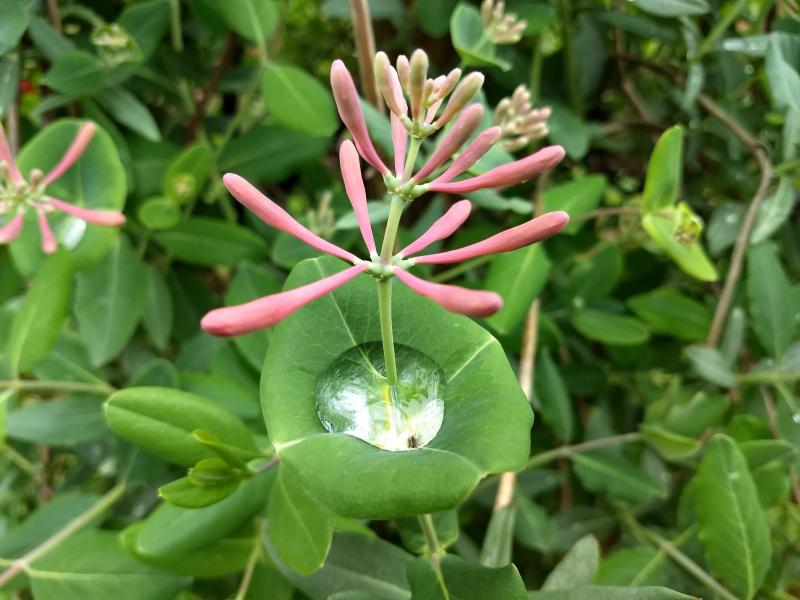 Fig. 2: Coral honeysuckle, Lonicera sempervirens.
Fig. 2: Coral honeysuckle, Lonicera sempervirens.
Landscape for Life promotes sustainability. I realize that sustainability is a vague term that can mean all sorts of things, but in this case, it refers to using resources without using them up, so that they are available for future generations (sustained over the longer term). I like to add that sustainable living and landscaping means thinking about keeping things in a loop as much as possible—being aware of what resources or inputs we use in our yard/household and what externalities or outputs we produce and see how we can keep resources onsite for reuse. Composting leaves instead of sending them to the landfill is a great example of this.
Landscape for Life participants work on site assessments of their yards and what changes they want to make for them to be more sustainable. I’m not an expert in landscape design—I take more of the “nature is messy” approach—but I’m fascinated with sharing the science behind why people should care about what happens in their lawns, farms, HOAs and public spaces. Landscape designers have sometimes helped with the design aspect of the course.
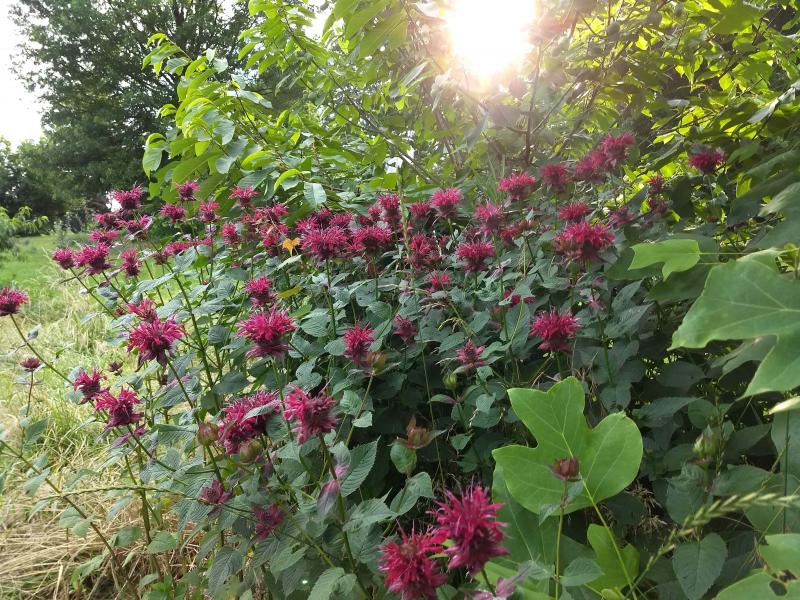 Fig. 3: Beebalm (Monarda didyma) planted among pawpaw (Asimina triloba) and volunteer tulip poplar (Liriodendron tulipfera).
Fig. 3: Beebalm (Monarda didyma) planted among pawpaw (Asimina triloba) and volunteer tulip poplar (Liriodendron tulipfera).
Landscape for Life introduces the concept of Ecosystem Services—the services that nature provides us for free. Many of these services are provided by plants: slowing and cleaning stormwater, holding soil in place, cleaning air and sequestering carbon, mitigating the urban heat island, and providing habitat. Plants capture the sun’s energy and make it available to the rest of the ecosystem through being eaten and through decomposition. We hope that sharing this knowledge is a way to “reduce plant blindness.” One of the things we emphasize in our local Landscape for Life course is that the way we landscape can have a big impact on streams and the Chesapeake Bay. Runoff of fertilizer from lawns contributes to the “dead zone” of the Bay.
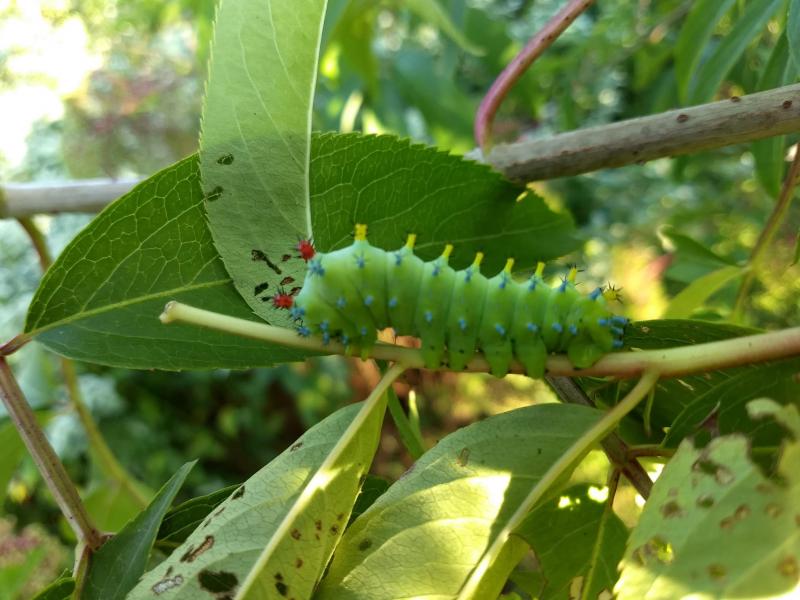 Fig. 4: Cecropia moth caterpillar on native elderberry (Sambucus nigra).
Fig. 4: Cecropia moth caterpillar on native elderberry (Sambucus nigra).
Another key point we make is that native plants provide habitat for pollinators and other wildlife. The entomologist Doug Tallamy has been an inspiration for native plant enthusiasm with his book Bringing Nature Home. Tallamy’s insight from his research is that Lepidoptera (butterflies and moths) larvae need to forage on the plants with which they co-evolved. He points out that the non-natives that fill most residential landscapes aren’t eaten by native insects, because plants make toxins in their leaves to avoid predation, and many insects can only forage on leaves to which they’ve adapted through evolution (the monarch and milkweed relationship providing a classic example). And, secondly, Tallamy points out that birds need these soft-bodied caterpillars to feed their young—he is famous for reporting that a chickadee clutch needs between 350 and 570 caterpillars per day. Therefore, homeowners who want to attract birds are encouraged to plant native plants in order to support the whole lifecycle of birds. I am interested in what botanists and ecologists think of this argument because I haven’t heard it mentioned outside of the native plant enthusiast community. Tallamy has a well-known chart of which genera support the largest number of species of Lepidoptera, and the oaks come out on top, supporting 534 species.
We also emphasize native bees and make the distinction between them and the honeybees, which are nonnative social domesticates that are useful for industrial-scale agriculture. The Eastern U.S. has around 700 native bee species, many of which are endangered, and at least 20% of them are pollen specialists, dependent upon the flowers of a single plant family or, in many cases, a single genus. Homeowners are encouraged to support native bees in their yard by planting a variety of native plants that bloom throughout the season, leaving stems standing in the winter, as some species lay their eggs in these stems, and refrain from using pesticides (including “organic” ones).
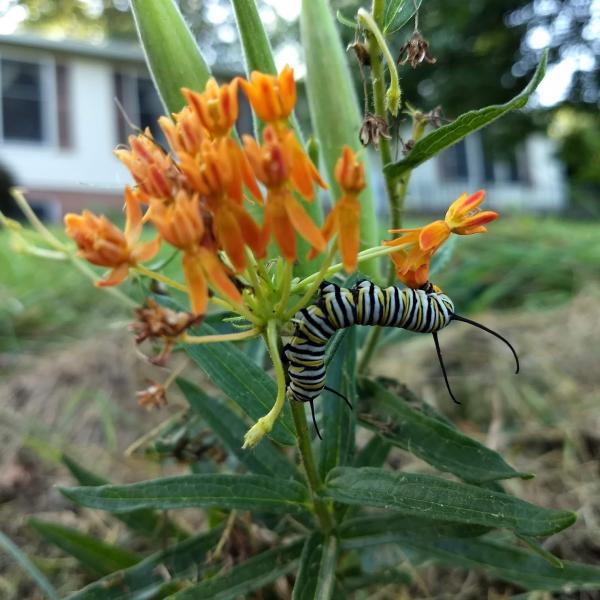
Fig 5: The dependence of the monarch on milkweeds is the introduction to the interdependence of plants and pollinators for many of us. The milkweed shown here, Asclepias tuberosa or butterfly weed, is not the classic common milkweed.
Landscape for Life encourages homeowners to consider limiting their lawns. There is so much to say about lawns and the movement to get Americans to move beyond the manicured lawn as the default landscape. For one thing, a manicured lawn requires many inputs such as fertilizers and potable (drinkable) water, and of course the fossil fuels we use to mow. Bormann et al (1993) in Redesigning the American Lawn contrasts the “Industrial Lawn,” the hallmark of which is that it’s unattainable vs. the “Freedom Lawn” full of weeds that pollinators love such as clover, violets, and plantain, and many grass species—basically, the plants that the soil and moisture conditions dictate (Unfortunately, you end up with a lot of beetle larvae too, and then the moles that eat the beetles and leave their raised tunnels). Many class participants, however, have to work within HOA regulations so it’s a moot point. Soil compaction is another important topic as most homeowners are dealing with already-compacted soils.
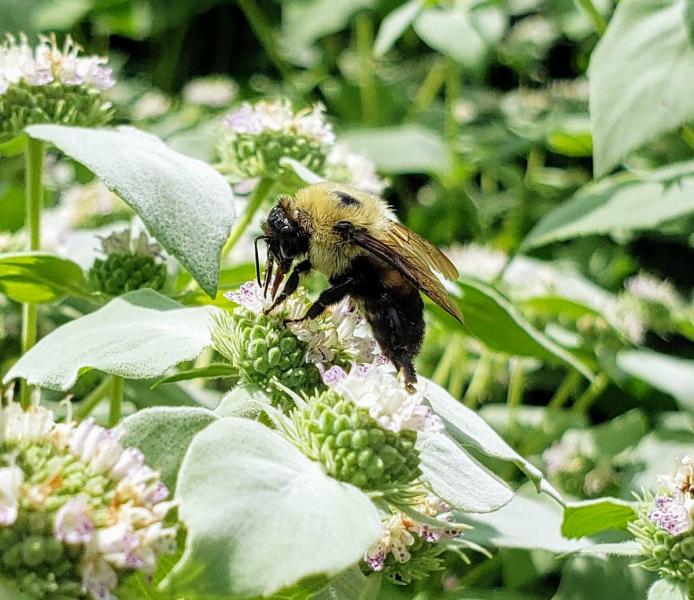
Fig 6: Mountain mint, Pycnanthemum muticum, one of the “pollinator powerhouses.” In the summer Mountain mint buzzes with activity from the many species of native bees foraging on it.
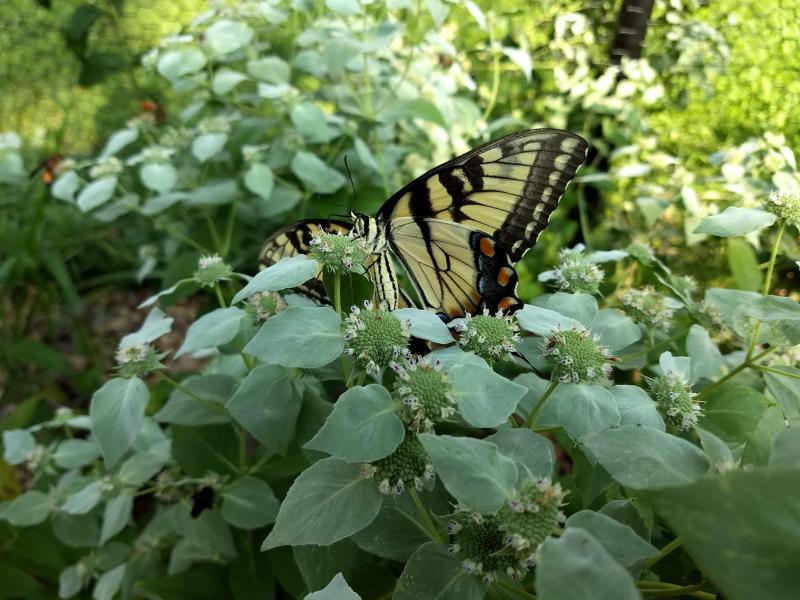 Fig 7: More Mountain mint with Eastern tiger swallowtail caterpillar.
Fig 7: More Mountain mint with Eastern tiger swallowtail caterpillar.
We take a low-key approach, recognizing that people have to start where they are. The goal is to include information that might have an immediate impact on mindset and behavior, such as that “… opossums are the unsung heroes in the Lyme Disease epidemic,” according to Rick Ostfeld of the Cary Institute of Ecosystem Studies because they kill “more than 95% percent of the ticks that try to feed on them.” In general, we try to get across the message that seeing insects, snakes, opossums, and other biodiversity in the landscape is a good thing. Small changes lead to “buy-in” and a feeling of being part of a community that cares about an issue such as environmental impact. We hope people will consider new behaviors like “leaving the leaves,” or mowing a bit higher, or refraining from buying invasive plants.
An upcoming blog post will be about bringing these principles home by transforming our own three-acre lawn into an early-successional forest. I would love to hear from anyone who is interested either in Landscape for Life or in reaching the public with messages of environmental conservation. I am particularly interested in feedback from botanists and ecologists on the efforts to get native plants into yards and communities. I have an Instagram account, and you can find me @successionalforest. I also keep a website that is partly a collection of resources for sustainable landscaping, and partly a chronicle of the yard conversion.
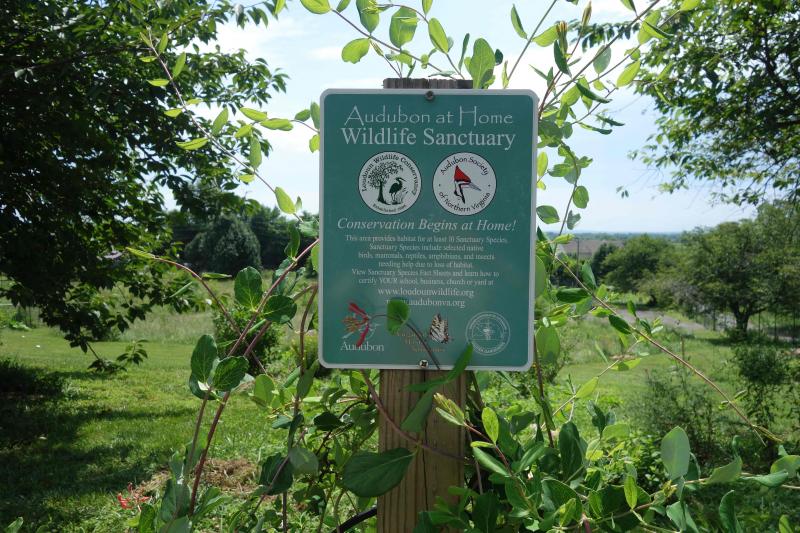
Fig. 8: The Audubon At Home program encourages homeowners to incorporate native plants into the landscape. This sign is in a raingarden. Beyond, our yard in the early stages of transition from lawn to mostly woods.

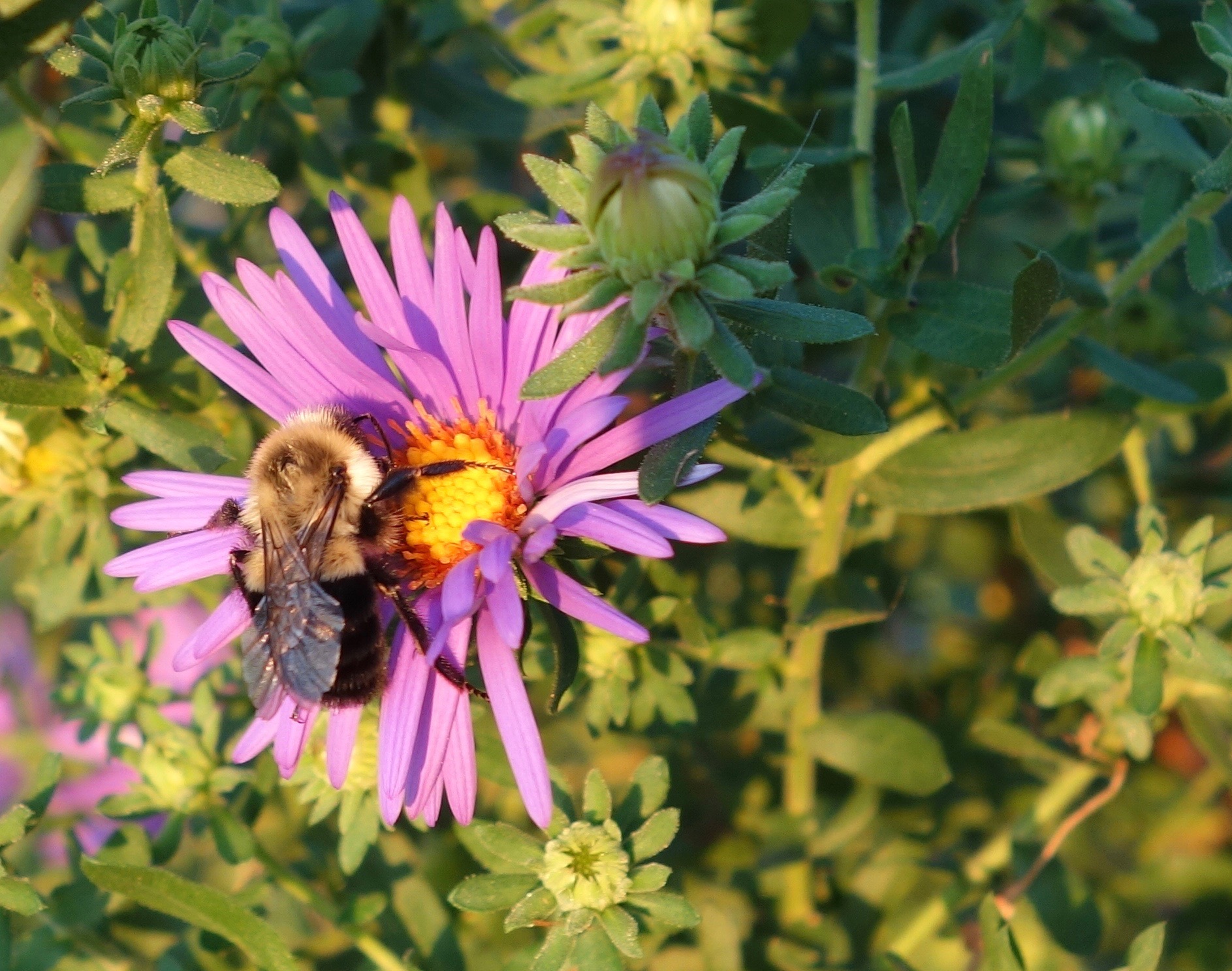
Comments (1)
Leave a comment